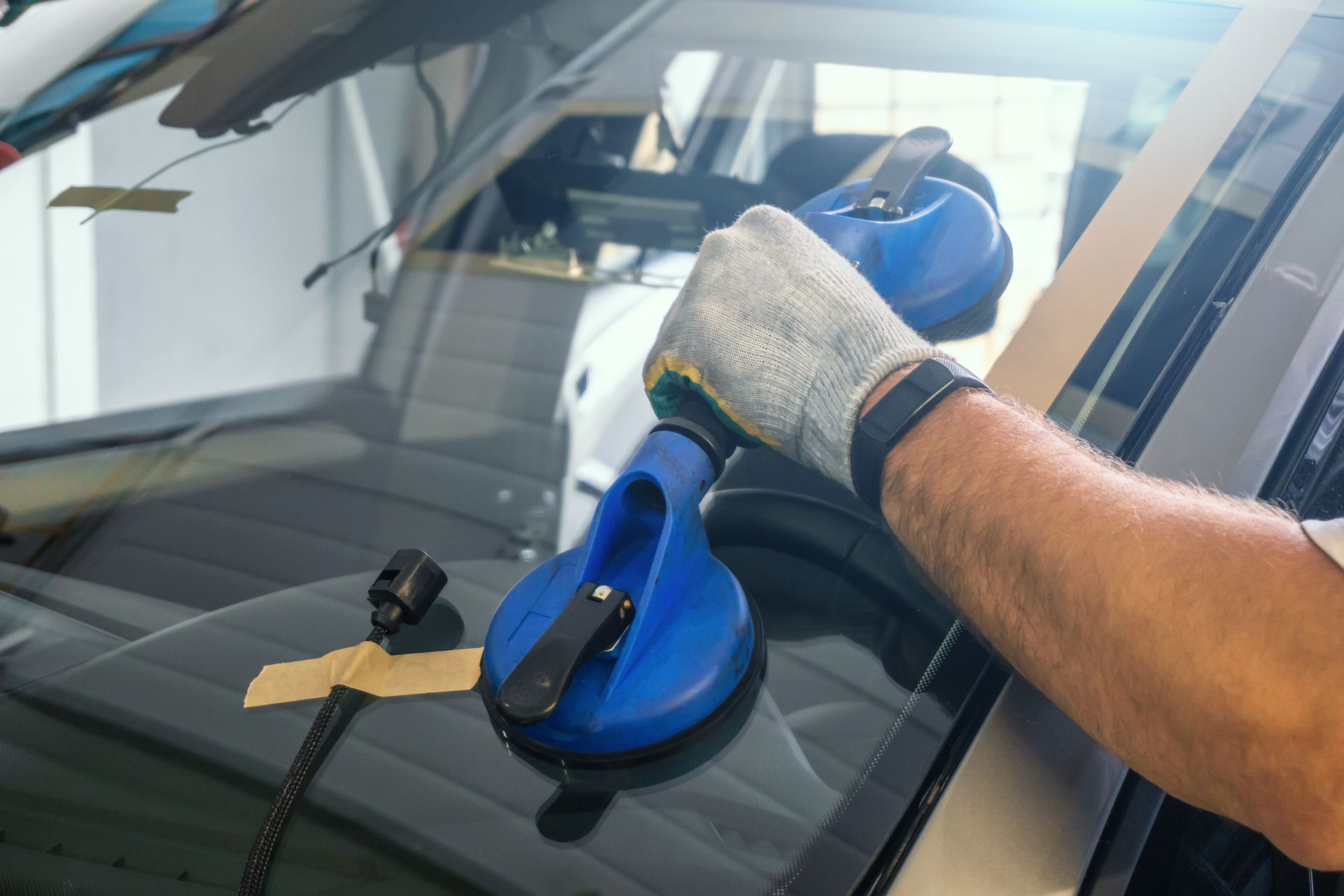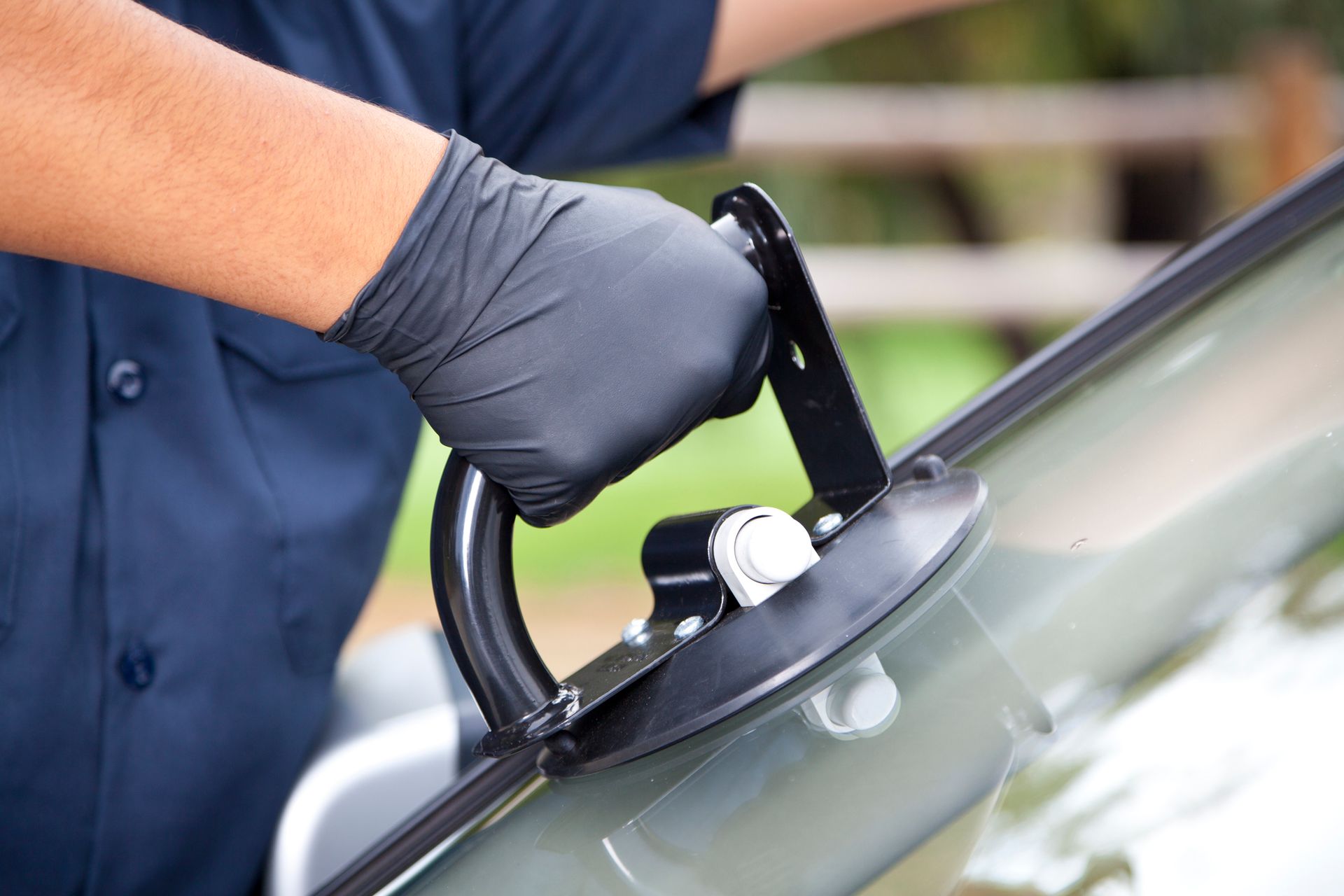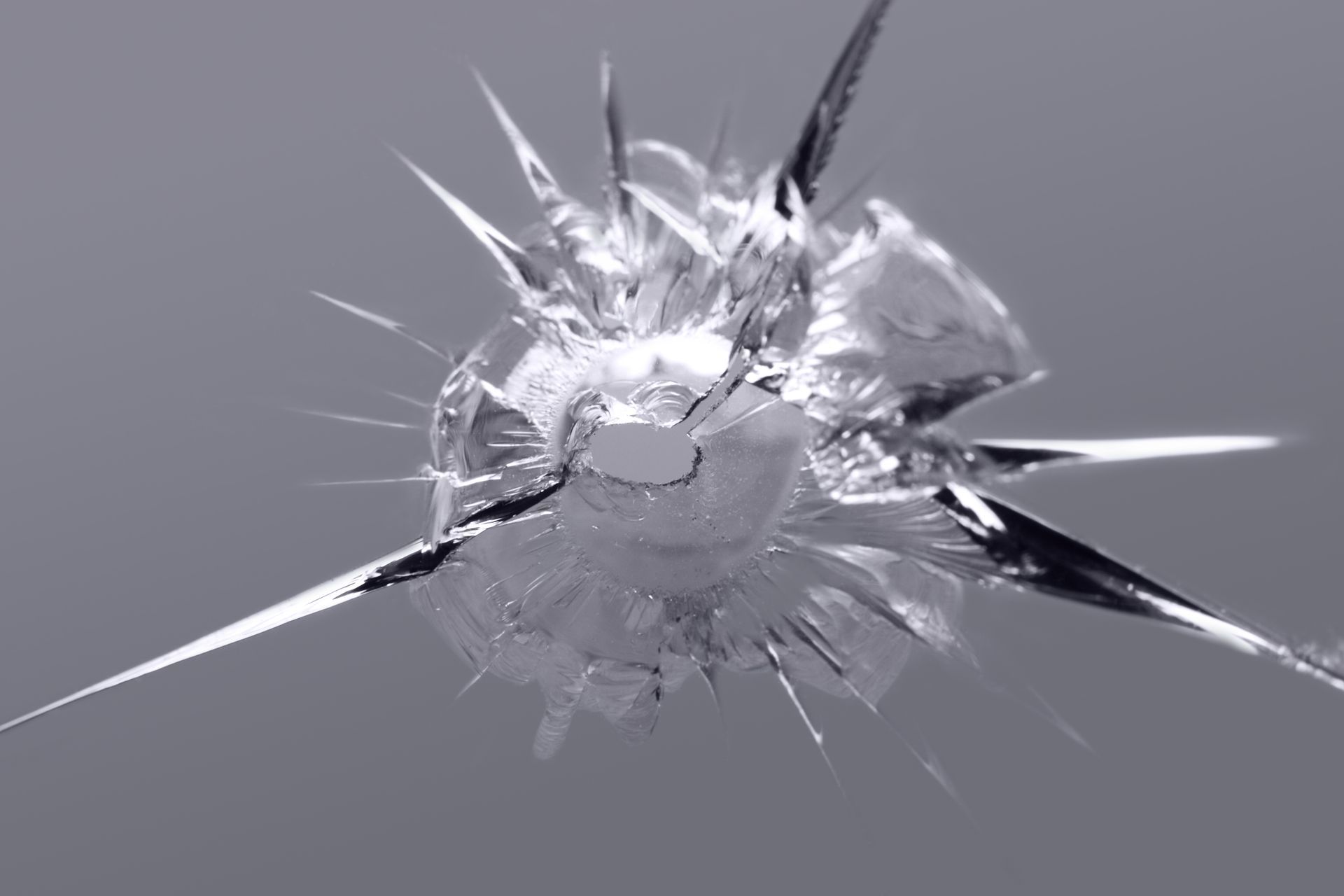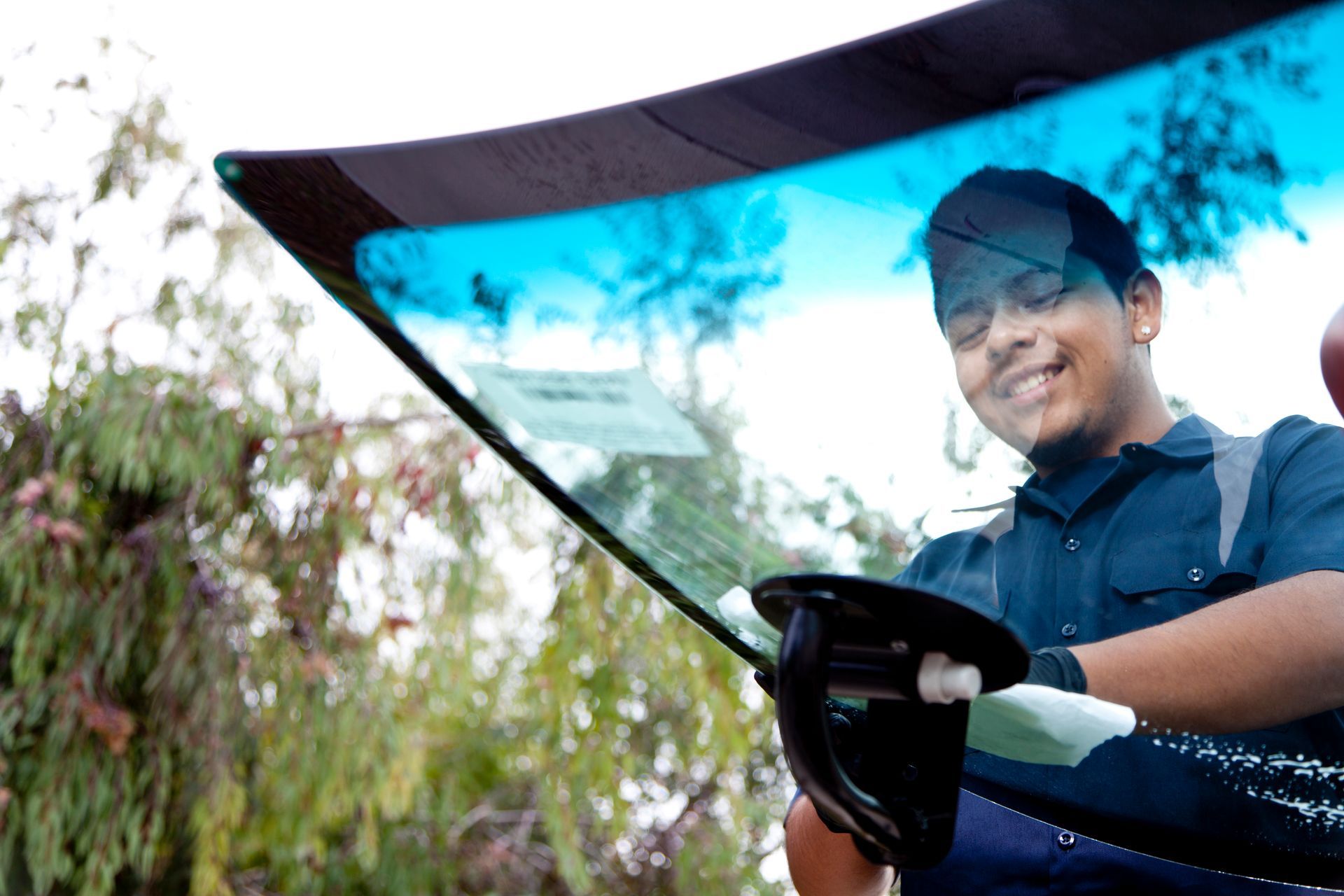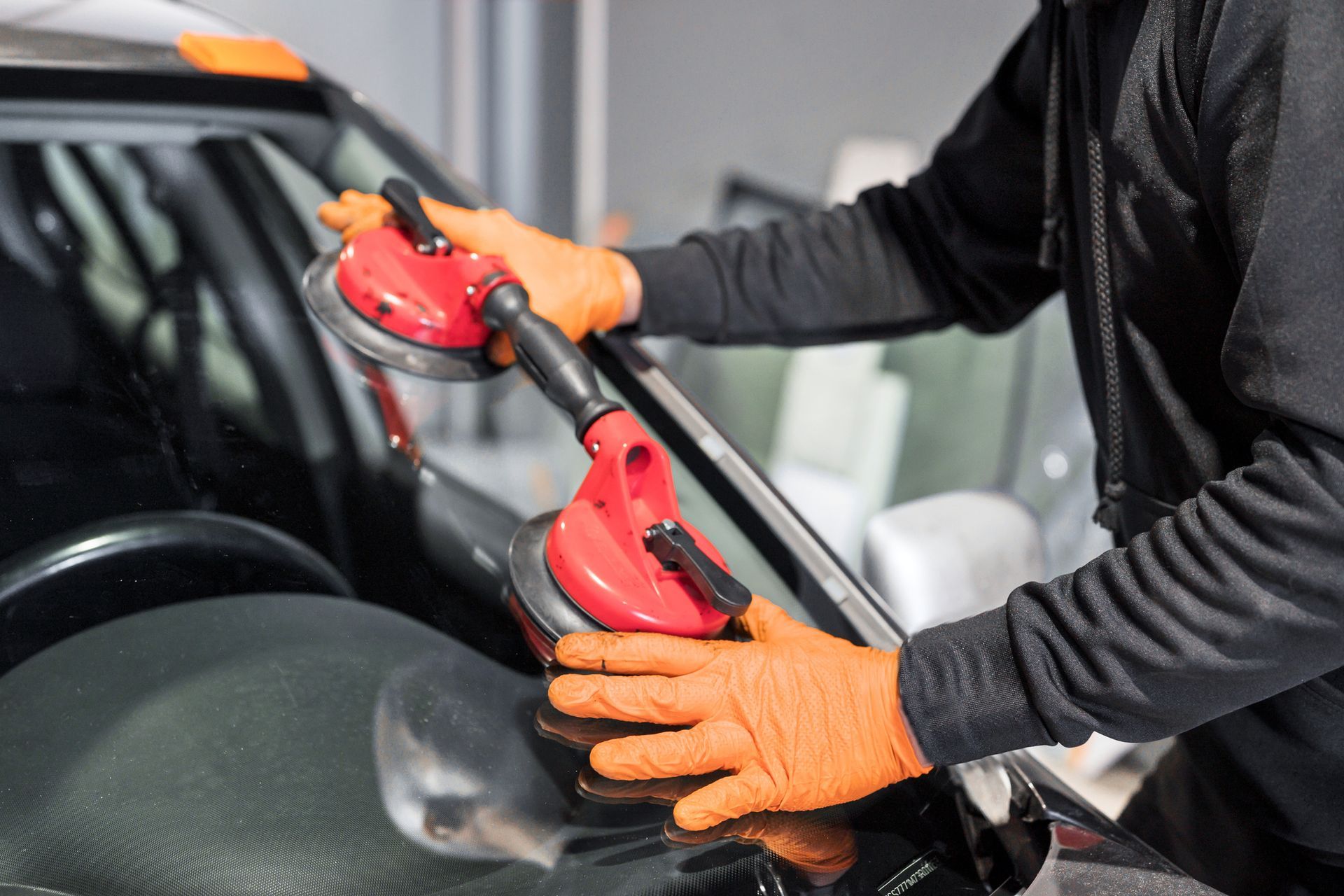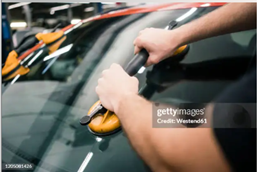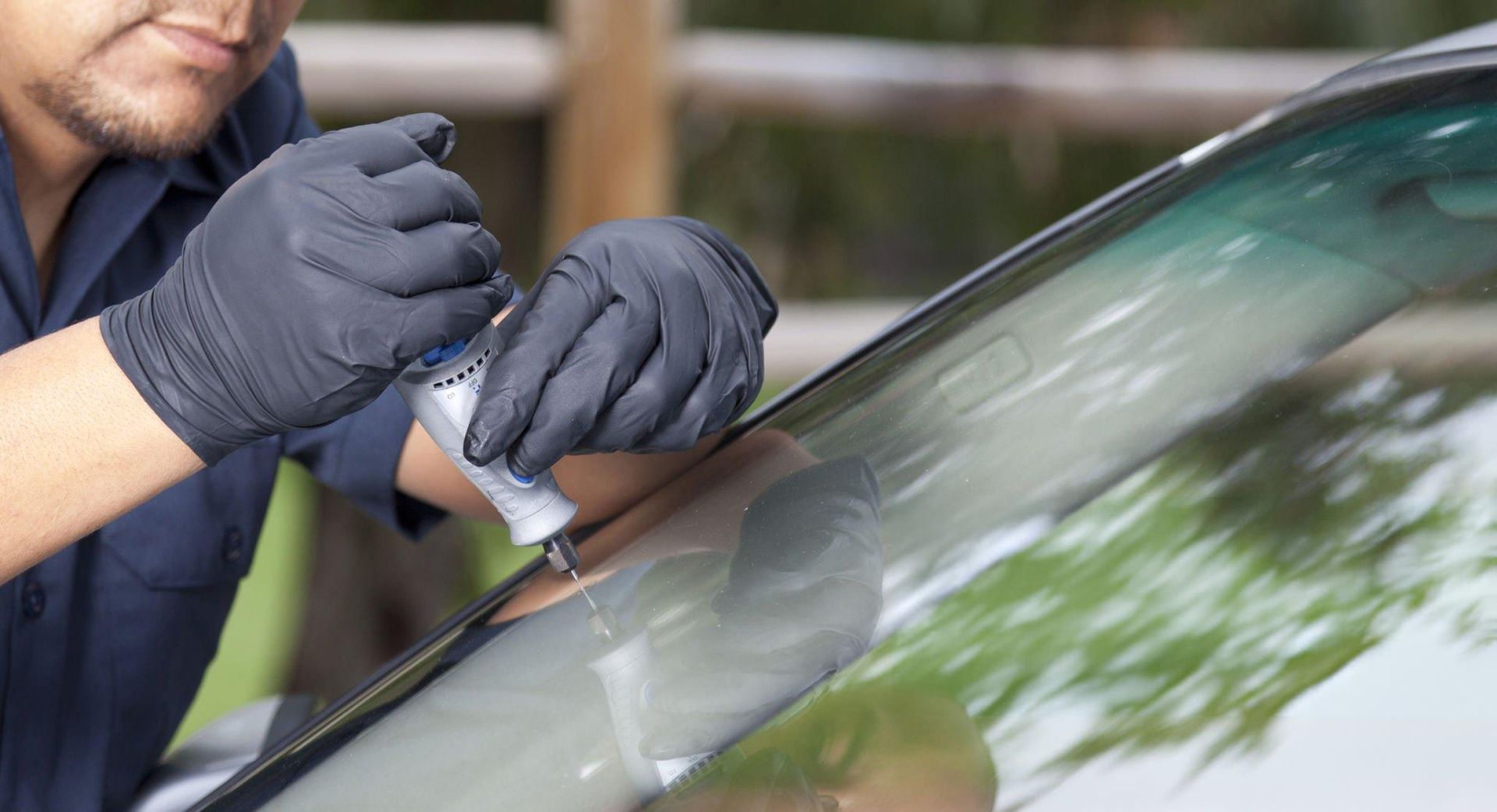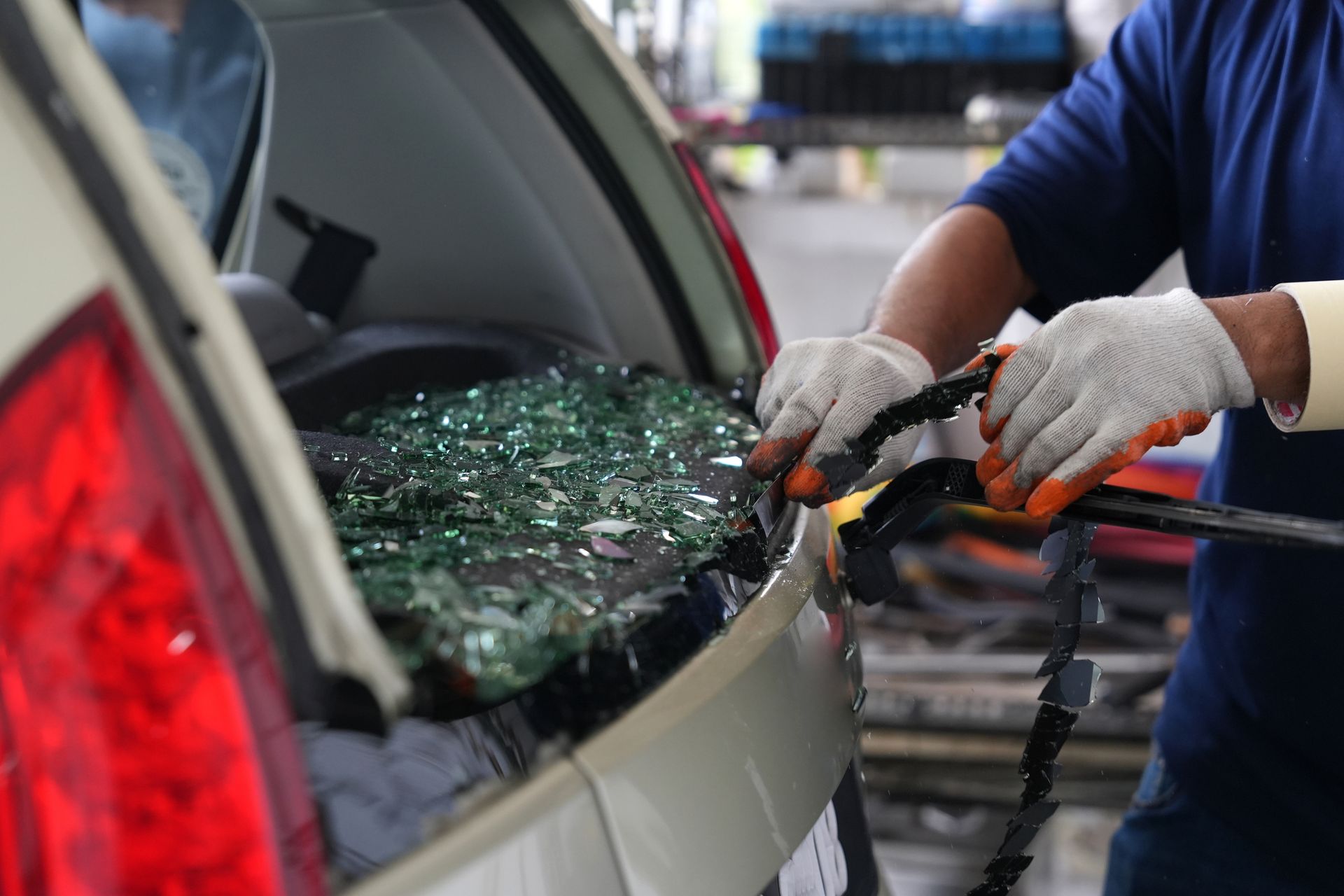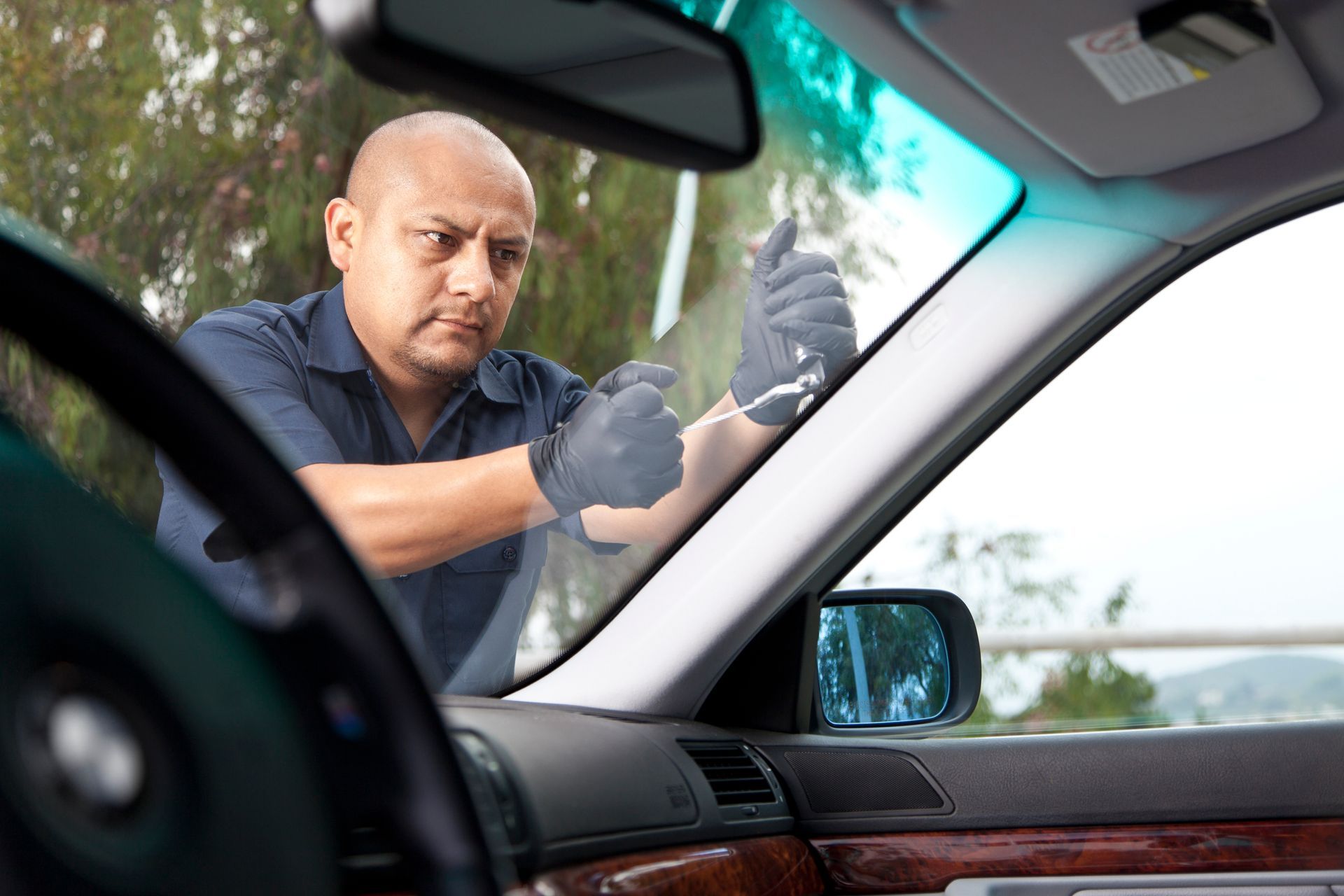Windshield Do's and Don'ts for New Drivers

Learning to drive is so exciting. Driving alone on the open road can awaken your sense of adventure and independence. But learning to drive also means learning to care for your vehicle — including its windshield. After all, you can't drive safely without a clean windshield that is in good condition. Here are some do’s and don'ts for windshield care that should come in handy to you as a new driver.
Do Keep Your Windshield Wiper Fluid Full
When you're driving and your windshield becomes streaky or dirty, you use a squirt of wiper fluid to clean it off. Getting caught in traffic with an empty wiper fluid take is not only frustrating, but dangerous. Keep a gallon of wiper fluid in your garage, and top off your wiper fluid tank once a month. This way, you'll never get close to emptying the tank.
Don't Put Ammonia-Based Window Cleaner in Your Wiper Fluid Tank
Window cleaner made for home windows is not the same as wiper fluid. Both products are blue and made to clean windows, but they are very different formulas.
Household window cleaner typically contains ammonia, which can leave windshields streaky. Driving with a streaky windshield is not safe as it can create glare. Ammonia can also damage your wiper fluid tank and spray nozzles. Only use products specifically labeled as "wiper fluid" in your car.
Do Check Your Windshield Wipers Regularly
Damaged windshield wipers can scrape and damage your windshield. Driving with damaged or ineffective windshield wipers is also not safe, as you won't be able to clear the windshield to see properly. Check your wiper blades often. If the frame arm is detaching, the metal is corroding, or the rubber is separating or torn, you need to replace your wiper blades. Some drivers take a preventative approach and just replace their wiper blades once a year.
Don't Crank the Air Conditioning After Parking in the Hot Sun
Sudden, extreme changes in temperature can cause windshields to crack. So, if you park your car in the hot sun, resist the urge to crank the air conditioning as soon as you hop in. Crack the windows and let the natural air cool the car down a bit. When the windshield is cool enough that you can touch it without burning your hands, you can turn the AC on.
Do Park In the Shade, When Possible
You don't always have a choice of where to park. But when you do, look for a shady parking spot. Sun not only heats up the windshield and makes temperature-related cracks more likely. It can also damage the windshield tint, over time. Parking in the shade, when possible, helps extend the life of your windshield.
Don't Drive At High Speed Down Gravel Roads
Many drivers have had their windshields crack or chip when driving down a gravel road or driveway. Your vehicle or the vehicle in front of you may kick up stones, and these stones may hit the windshield with enough force to break it.
Avoid gravel roads, when possible. When you can't avoid driving on a gravel road, drive slowly. Also, leave plenty of space between your vehicle and the one in front of you. If the vehicle in front of you kicks up gravel, you want to be far enough back that it doesn't hit your windshield.
Do Take Your Time Defrosting Your Windshield
Your windshield may build up ice if you live or are driving somewhere cold. Never try to defrost it by pouring hot water over it or by blasting it with a heat gun. These approaches cause sudden temperature changes that can cause the windshield to crack. Turn on the car's defrosters, and let them slowly warm up the windshield. Before long, the ice should be soft enough for you to scrape away.
Don't Park Under Trees During Storms
On a nice day with no wind, parking under a tree isn't so bad, providing the tree doesn't appear to have any damaged or cracked branches. But when it is windy out or a storm is approaching, park far away from trees. Falling branches are a common cause of windshield damage. Even a small branch could crack your windshield if a strong wind blows it onto your car.
Do Check For Windshield Damage Often
Driving with even a small crack or chip in your windshield is dangerous. Your vision may be impacted, and sometimes, the crack or chip can unexpectedly expand, limiting your field of vision even further.
Always take time to briefly look over your windshield before you get into the car. If your windshield has cracks or chips, has water leaks around it, appears wavy, or rattles in its frame, have it repaired promptly.
Your car's windshield is one of its most important safety features. While there is a lot to learn as a new driver, taking time to learn about your windshield is very wise. Let the dos and don'ts above guide you, and don't hesitate to contact MS Glass Outlet for your windshield repair and replacement needs.

